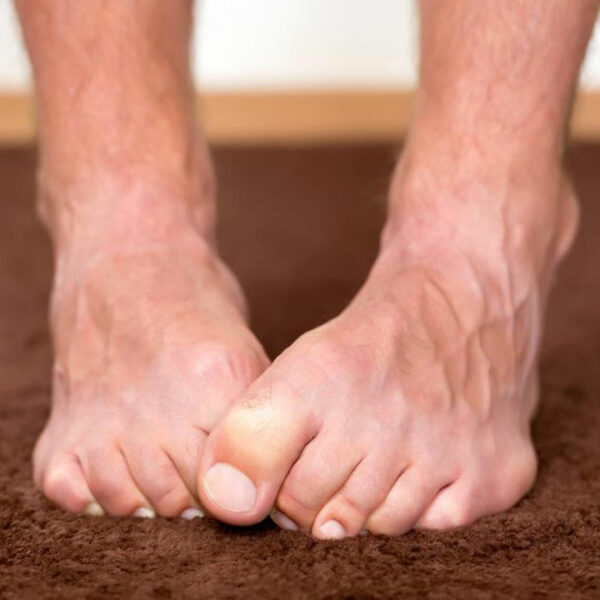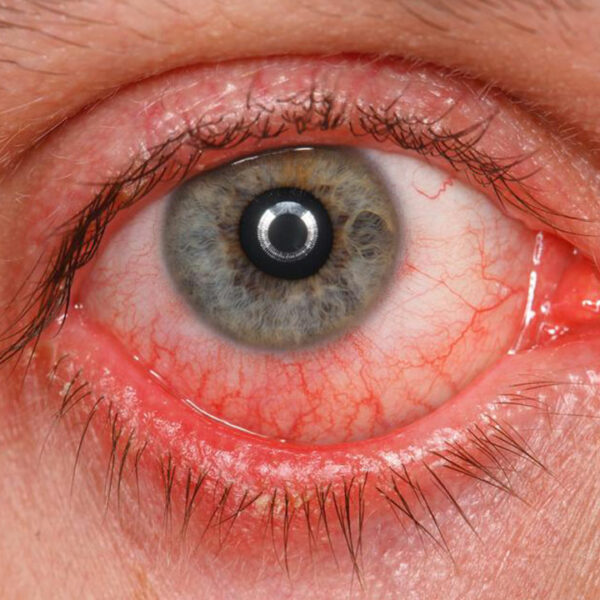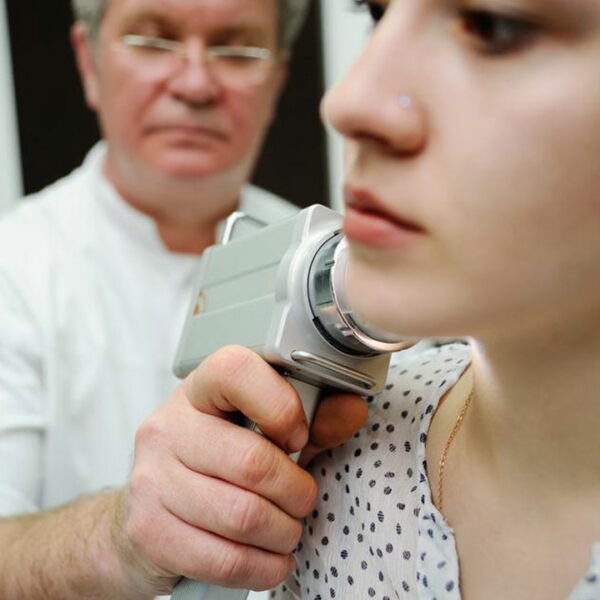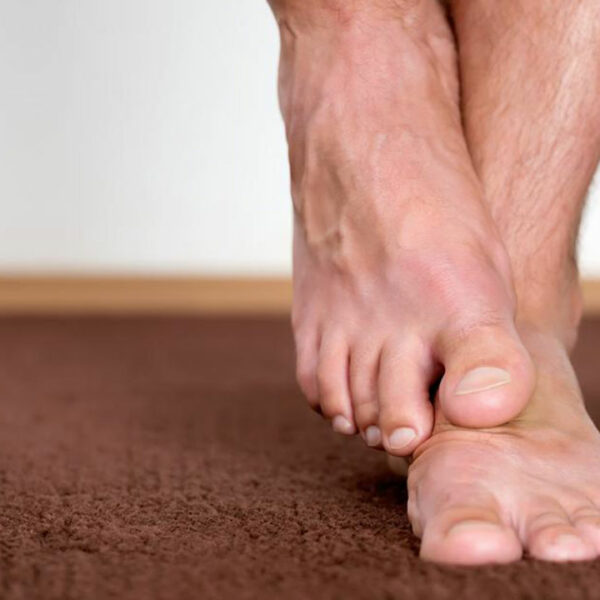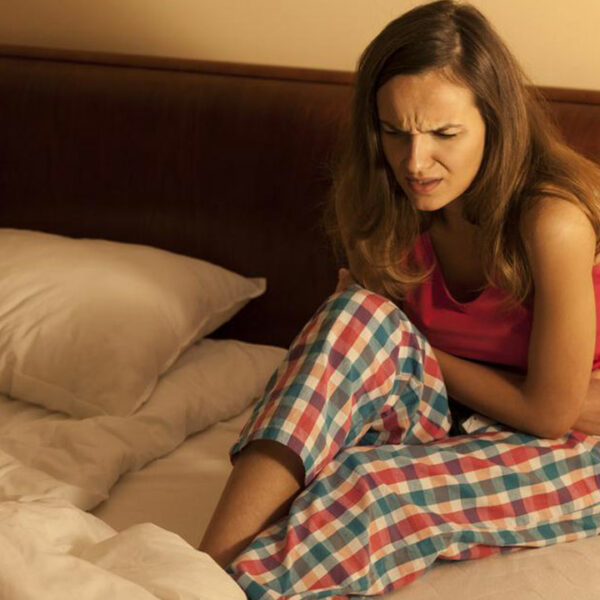
Causes and Natural Treatments for Chronic Diarrhea
Diarrhea is an infectious disease that causes unrestrained liquid bowel movements, which may count up to 3 or even more times in a day. Diarrhea is a common disease, and it usually lasts only for a few days either on its own or through consuming over-the-counter medicines. Acute diarrhea occurs due to food intolerance, food allergy or bacterial infection. You may even develop a critical diarrheal condition known as Travelers’ Diarrhea. This occurs when you are frequently traveling and consume unhealthy food or water from various sources. If you are suffering from diarrhea, which does not get better and is persistent even after 4 weeks, it is a serious condition which is known as acute diarrhea. Chronic diarrhea is majorly anything that hinders your daily curriculum of activities. Chronic diarrhea may often lead to abdominal cramps, malnutrition, weight loss or even fever. While diarrhea may be caused due to several reasons, the main causes of chronic diarrhea have been listed below. Irritable Bowel Syndrome (IBS): Irritable bowel syndrome is known to be the most common cause of chronic diarrhea and stays for at least 6 months. One interesting fact to notice is that the actual causes of IBS are not somewhat clear.

